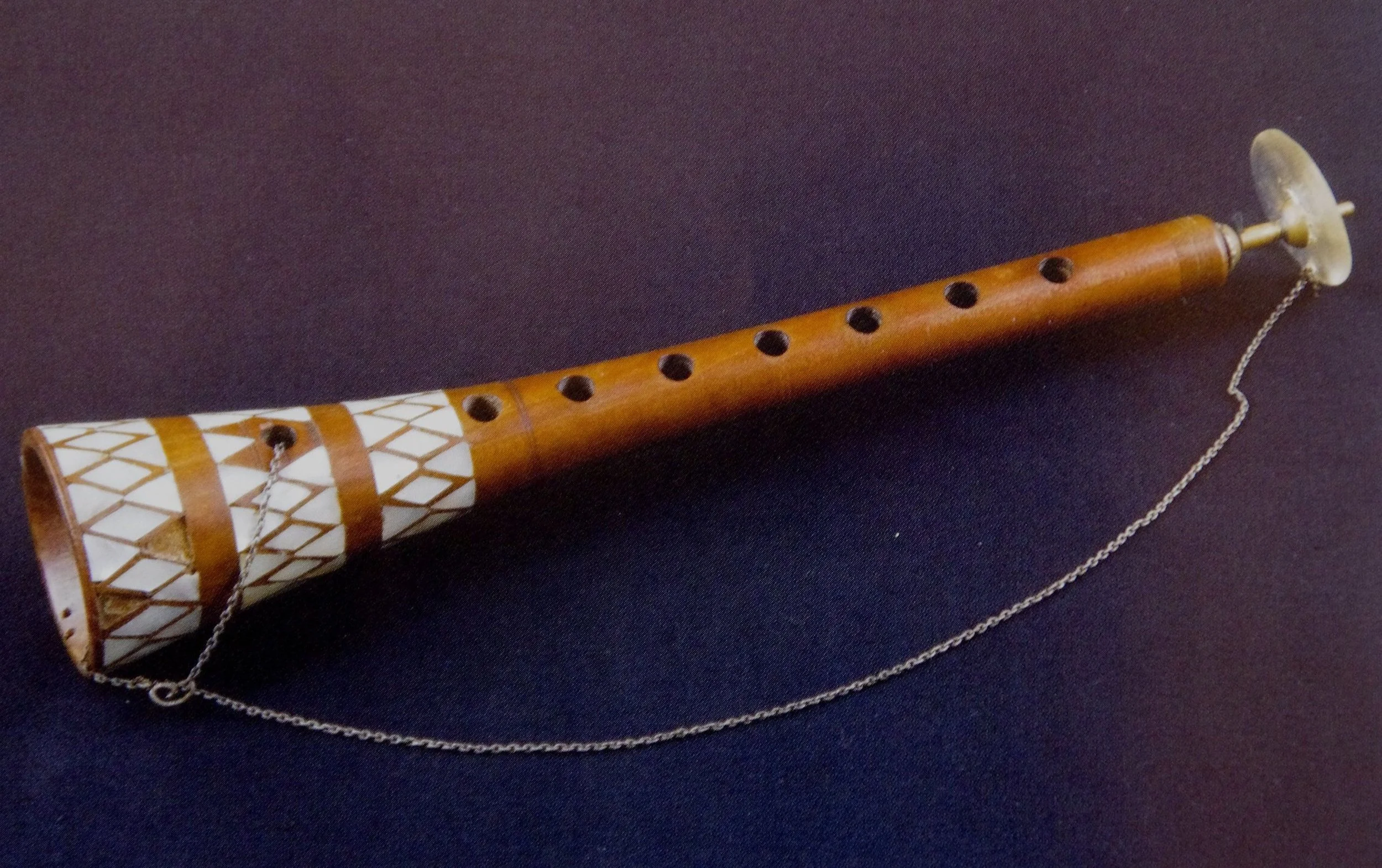Word of the week: This guitar variant eight-stringed instrument of the Huasteca region of Mexico offers a deeper sound than its more conventional acoustic cousin, often played within a conjunto huasteco ensemble, alongside a five-string jarana huasteca and violin
Read moreWord of the week: huapanguera
An eight-string huapanguera with three pairs of doubled up notes




















